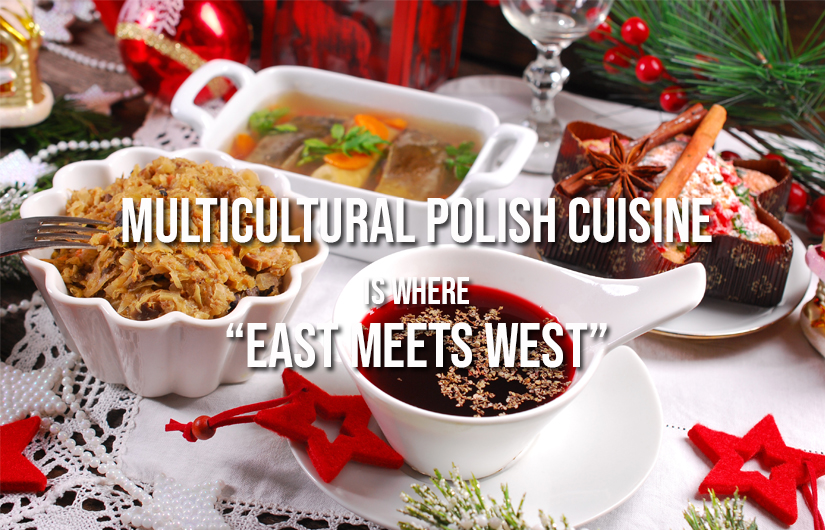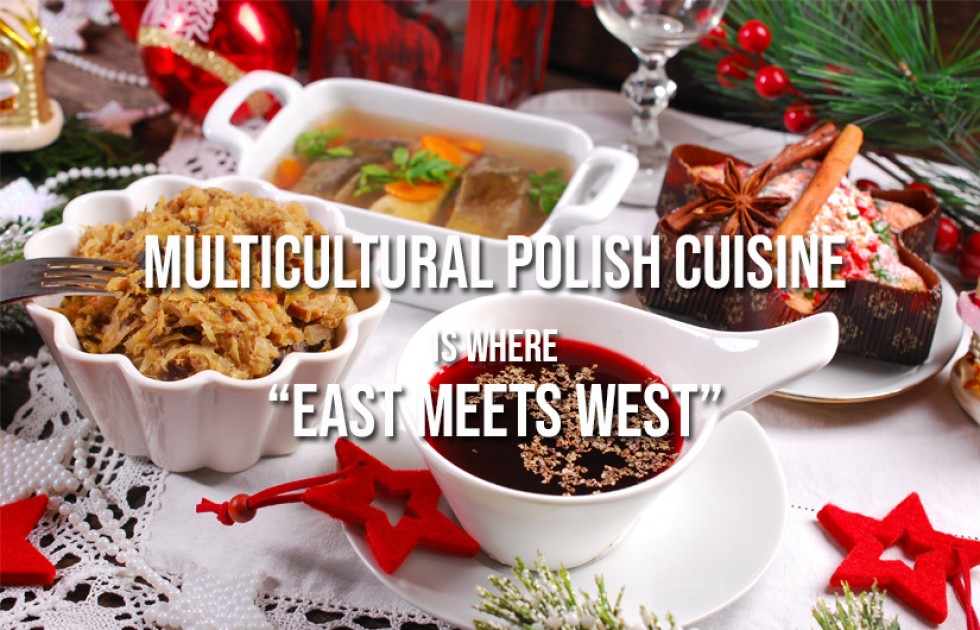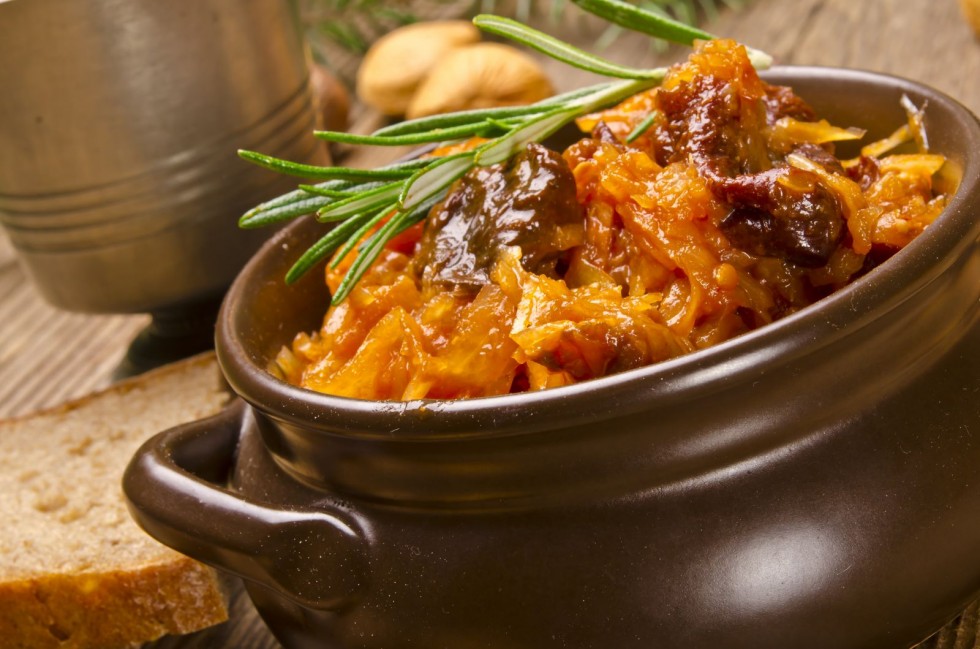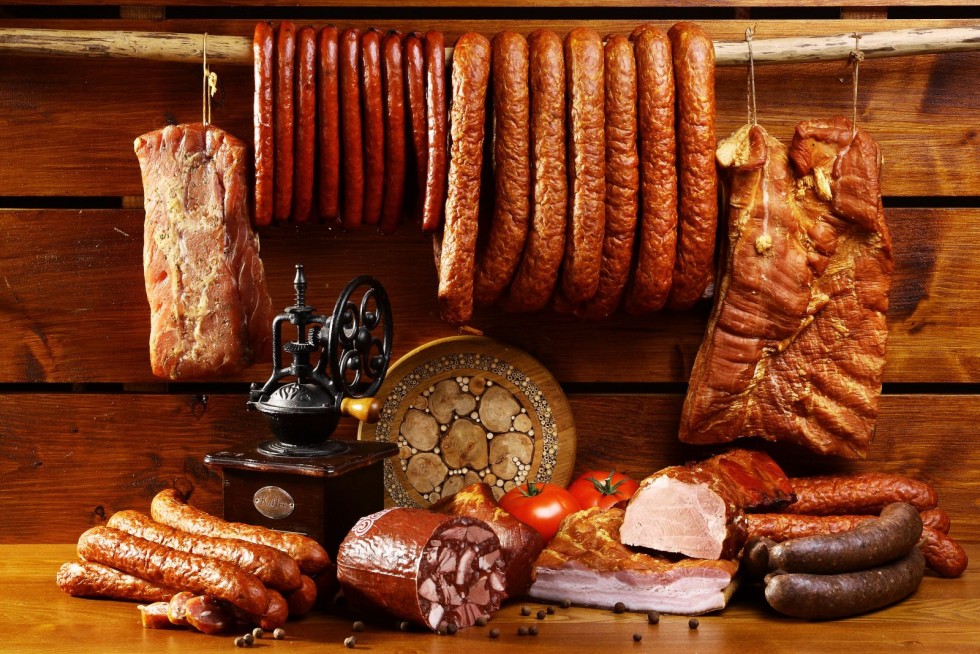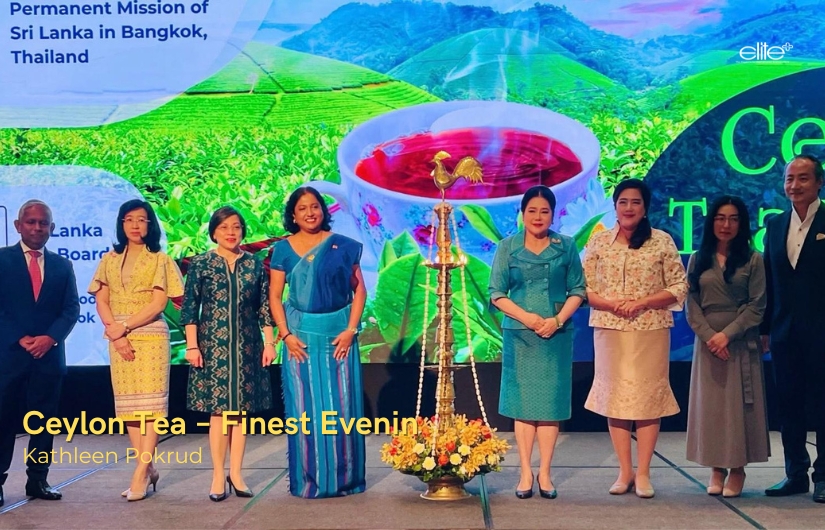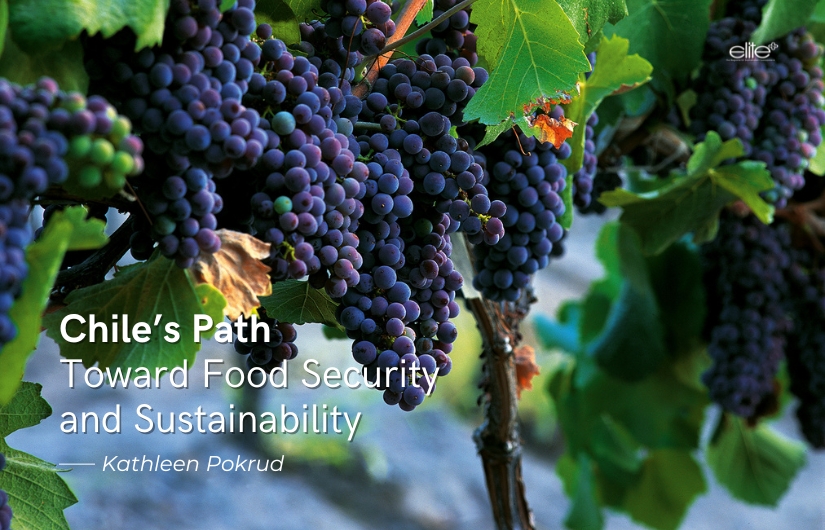Poland is a country of Central Europe. Geographically located as a crossroad that links the forested lands of northwestern Europe and the fertile plains of the Eurasian border. Polish cuisine has a rich and diverse history which dates back to medieval times. Throughout the centuries, it has been influenced by its neighbors. Polish cuisine is therefore very multicultural. I sat down with HE Ambassador Waldemar Dubaniowski to learn about Polish culinary history.
Ambassador Waldemar enthusiastically commented, “Polish cuisine can be dated back to medieval times. All visitors to Poland are impressed with our cuisine, the diversity of dishes on offer in addition to the Polish warm hospitality. One of the reasons why Polish food is so interesting is because of our unique location. Poland is centrally located between Germany and Ukraine. Our cuisine is very much influenced by our two key neighbors. I will emphasize that Polish cuisine is multicultural where “East meets West”. Our food history and recipes are motivated by Western German and Eastern Ukraine cuisines.”
“Since medieval times, Poland has been one of the most tolerant countries. We have offered it as a safe haven to our neighboring cultures. A prime example is the presence of Jewish cuisine in Poland as a result of the settlement of Jews in our country. Often some Polish dishes are more Eastern oriented while some are heavily Western influenced. In some cases, they are related to Jewish culture and history.”
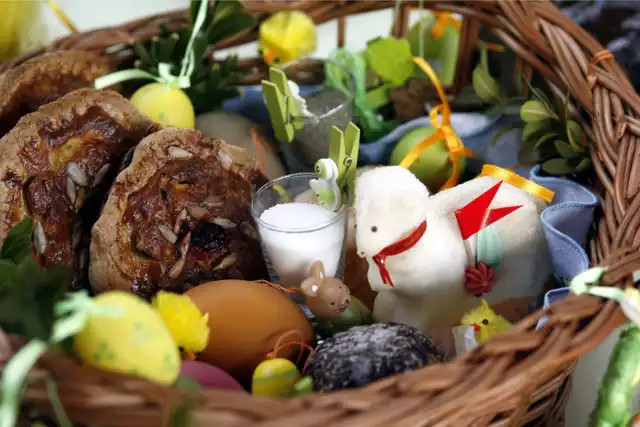
Ambassador Waldemar further explained, “In Polish history, food places an important role as an instrument of our national identity. I believe that only Poland has such interesting traditions with regard to Christmas and Easter celebrations. During Easter, we have our tradition related to food. Families will prepare very nice baskets fully filled with food such as painted eggs, a piece of sausage or ham, salt and pepper, bread, a piece of cake and a chocolate or sugar figure of Easter Lamb to bring to churches for blessings. The blessed food baskets will then be shared around the table with close families and friends. This tradition has long been celebrated in Poland since the Middle Ages. For generations and only in Poland, Easter Saturdays are observed to be more significant where Poles attend churches with the beautiful colorful and decorated baskets. This long-standing tradition is not exclusive to Catholics, it is usual for both modern and conservative families to partake in the celebrations, regardless of what their religious beliefs may be.
Covering the Polish Christmas tradition, Ambassador Waldemar elaborated, “Christmas is another special time where food plays a robust role. One of our long unique traditions is the serving of 12 different dishes on Christmas Eve dinner. The dishes will include fish, salads, vegetables and cakes but none will contain meat. Some claim that one should try every dish to secure good luck throughout the upcoming twelve-month period. Classic Polish Christmas dishes include, amongst others, red borsch (beetroot soup called “barszcz”),cabbage and mushroom dumplings and the poppy seed cake known as makowiec. Another special custom to observe on Christmas Eve is the placing of a special plate and seat for an unexpected guest. While this rarely happens nowadays, the tradition nevertheless requires that lone strangers be taken in and treated as family.”
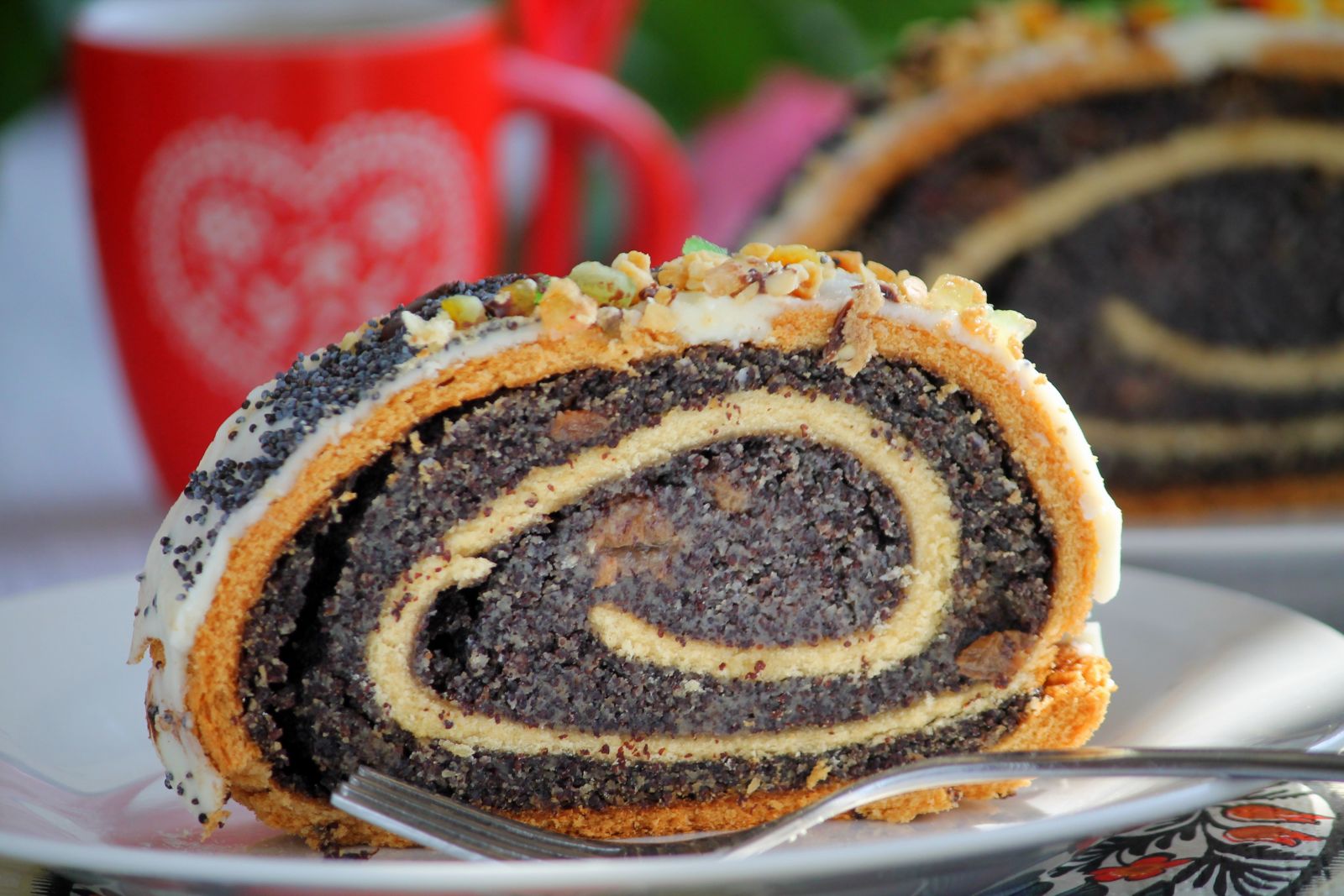
On the subject of the uniqueness of Polish food, “Food is mentioned by every single visitor to Poland. This shows the attractiveness of Poland. In Warsaw, visitors can find Jewish restaurants, Ukrainian eateries, and outlets that offer northern Polish cuisine. Polish sausages and cold-cuts are often considered to be one of the best, a good example is the fact that you can find many Polish shops and bakeries in the UK. Polish food is well-known to be free of additives, chemicals and pesticides. Polish restaurants are gaining popularity all around the world. Polish “Sernik” , very special cheesecake ranked second as the best cake in the world according to Taste Atlas in 2023. Other Polish desserts also make it into the prestigious list such as Polish Sękacz finished 6th and the Karpatka 9th.”
Ambassador Waldemar emphasized again that food plays an important role in Polish culture. “In Poland, hospitality is very warm and people always enjoy visitors. It is in the nature of every Pole to welcome others. A good example are Name Days, a tradition coming from the Middle Ages. In the Calendar of Saints each day is associated with the names of one or more saints and referring to that day as their feast day. Name days are celebrated with family, friends, good food, drink and dancing but numbers or years aren't mentioned. Guests can expect to be plied with all types of Polish appetizers like rollmops, stuffed eggs, salads, relishes, pickled items, homemade cordials or nalewki, vodka, a main-course hot dish like bigos and Polish desserts.”
Traditional Polish dishes tend to be more hearty and filling. They were designed to fill the nourishments of the working class. The popular ingredients are meat, potatoes, cabbage and dairy products. Ambassador Waldemar pointed out, “There are certain regional differences.
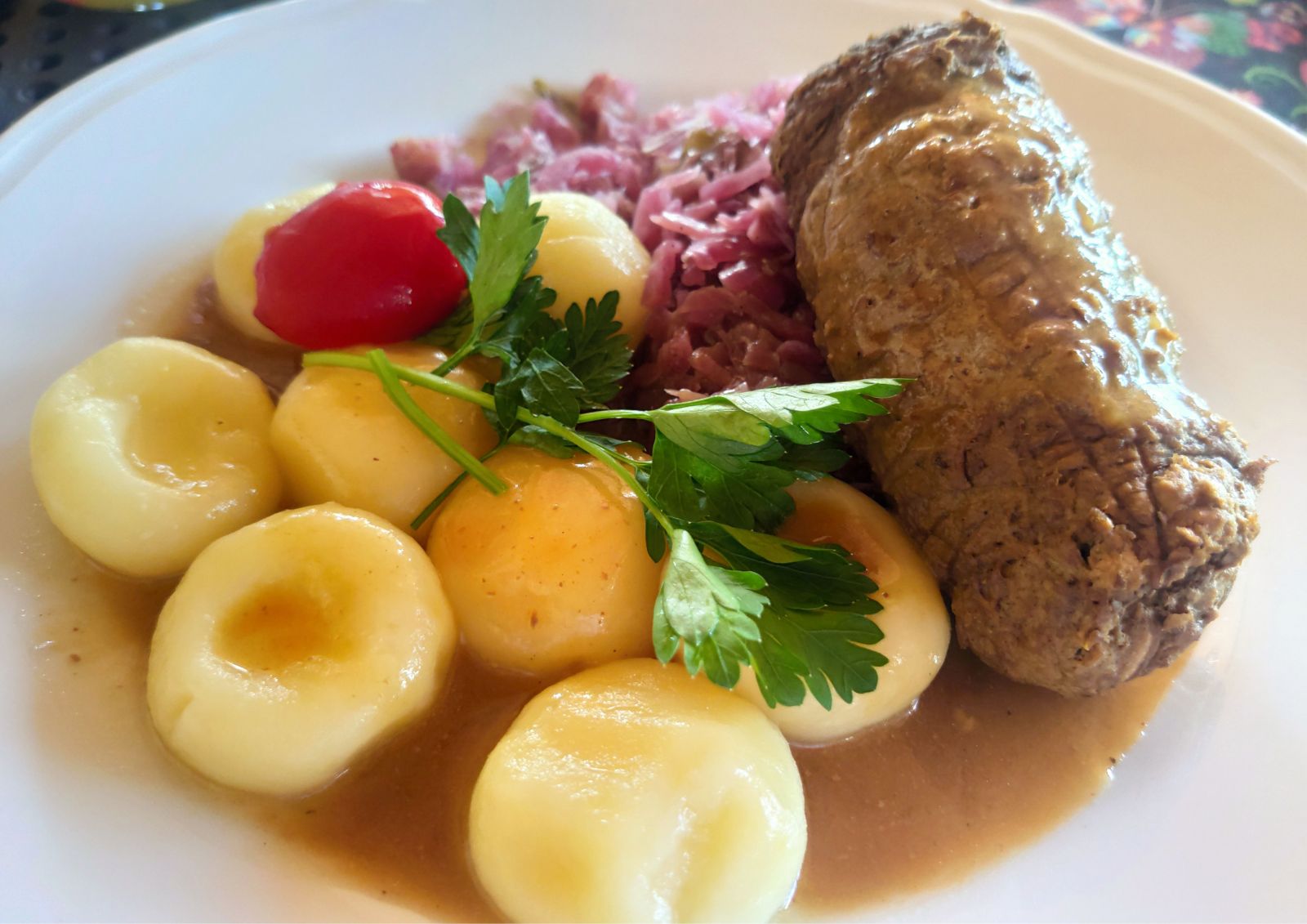
Each region of Poland has its own specialty. On the west Polish seaside, in kitchens on Kashubia and Pomerania, most popular Polish food is made from fish. Kitchen of Podlasie region, east north of Poland, has an extremely rich Polish food menu influenced by cuisines of Lithuania, Belorussia, Tatar and west Ukrainian traditions. Mushrooms, potatoes, strong drinks and a lot of forest fruits accents are characteristic signs of this part of Poland. On the west, the Wielkopolska region is strongly linked with potatoes. A very well-known potato dumplings stuffed with meat or some sauce called pyzy. Silesia is the homeland of one of the most characteristic traditional Polish soups – “żurek” and Silesian dumplings 'kluski slaskie'. This is made from potatoes and potato flour by rounding on a table and pressing a characteristic hole in the middle. In Malopolska, south east of Poland one can notice some influences from Austria, and that's where Viennese schnitzel comes from. This course, popular and known for decades as “kotlet schabowy”. One of characteristic Krakow's meat dishes is an excellent tripe “flaki”. Podhale – southern part of Poland is an area of Tatra Mountains. We've got there a lot of regional products made from sheep's milk. Two kinds of cheese especially popular are “bryndza” and “oscypek”.
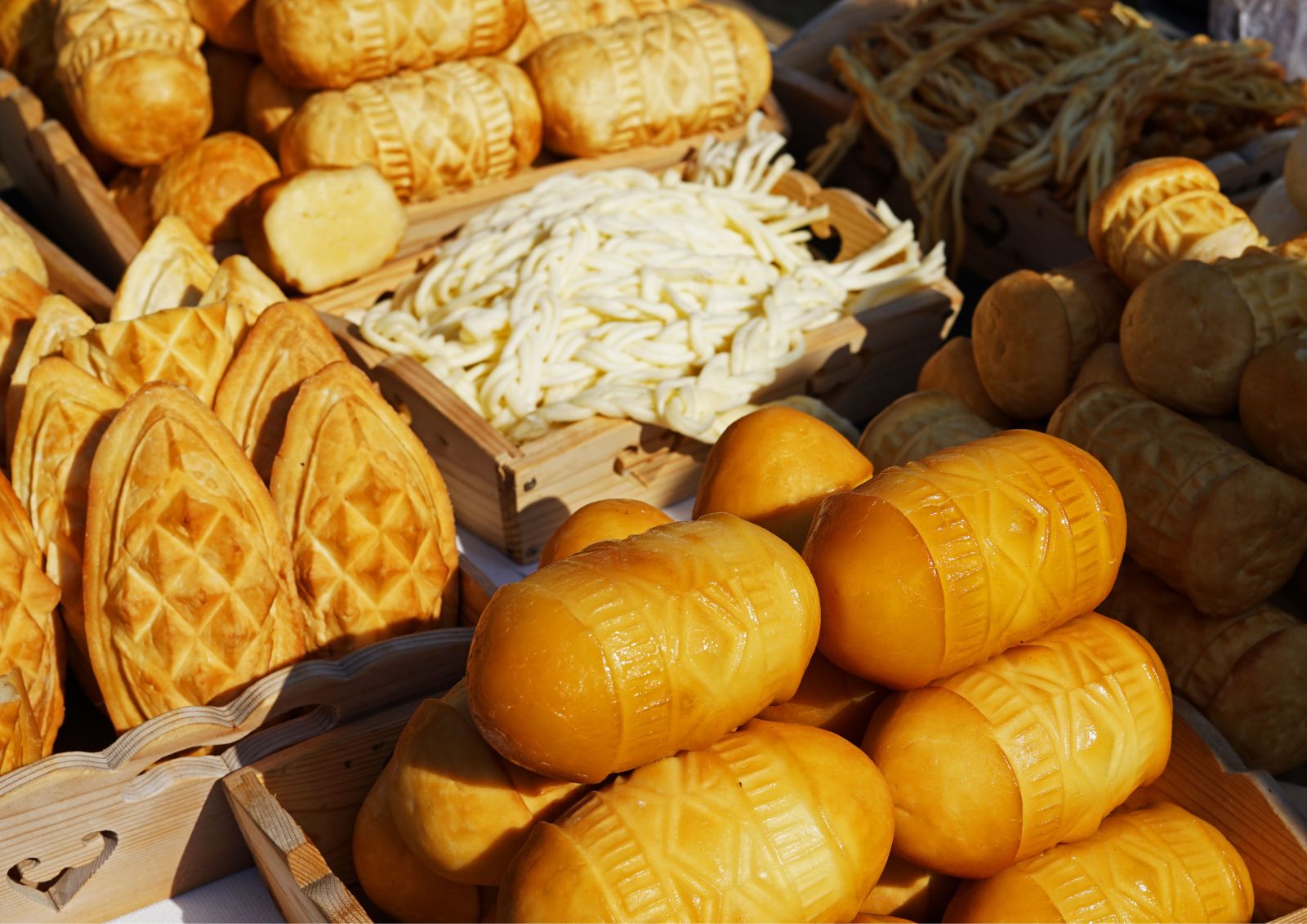
Key Representative Dishes
One of the most famous Polish dishes is “Pierogi”, which are boiled Polish dumplings filled with different stuffings. The more popular ingredients are meat, cheese, or vegetables. Other vegetarian versions are cheese and spinach or served as a favorite dessert with cherries filling.
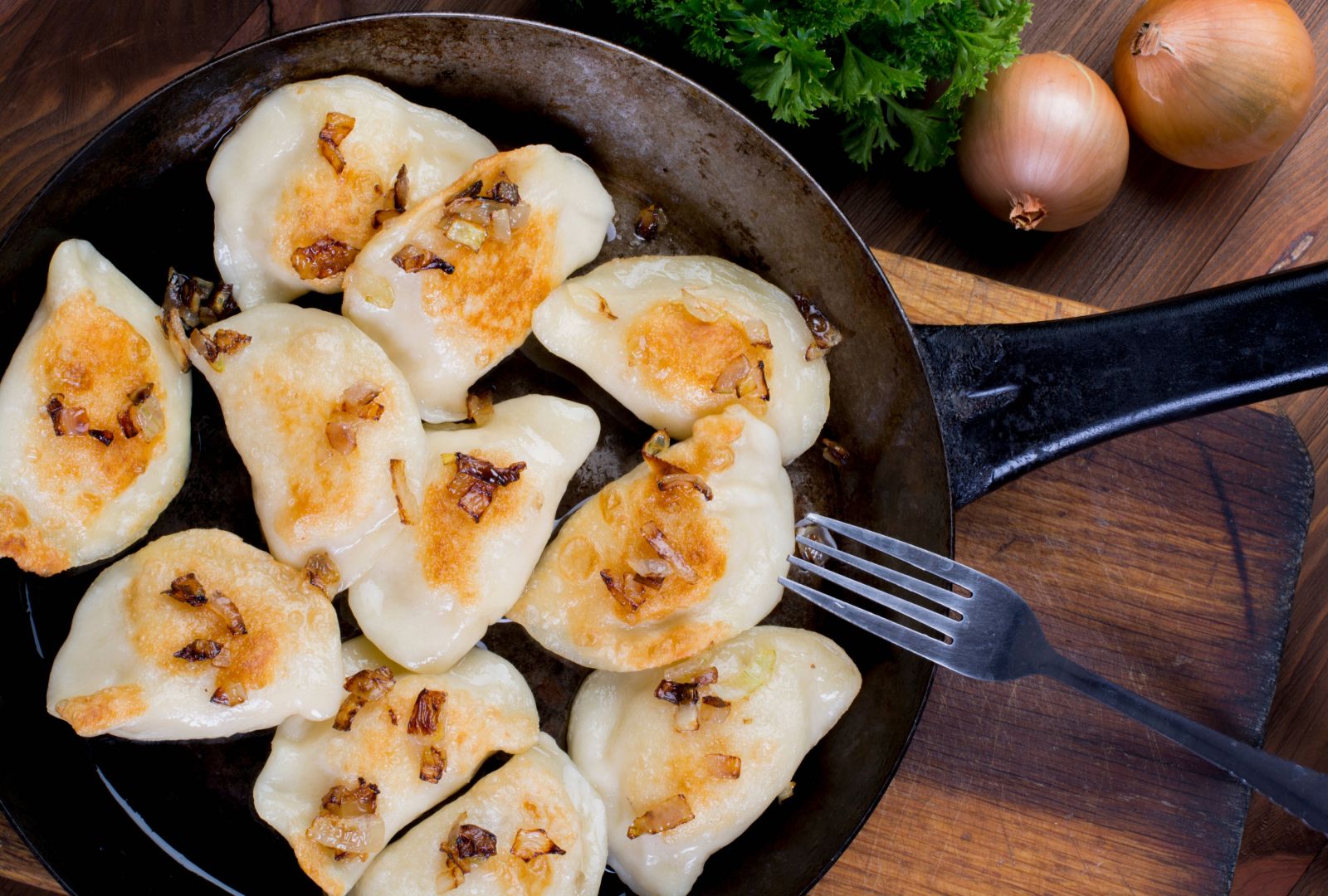
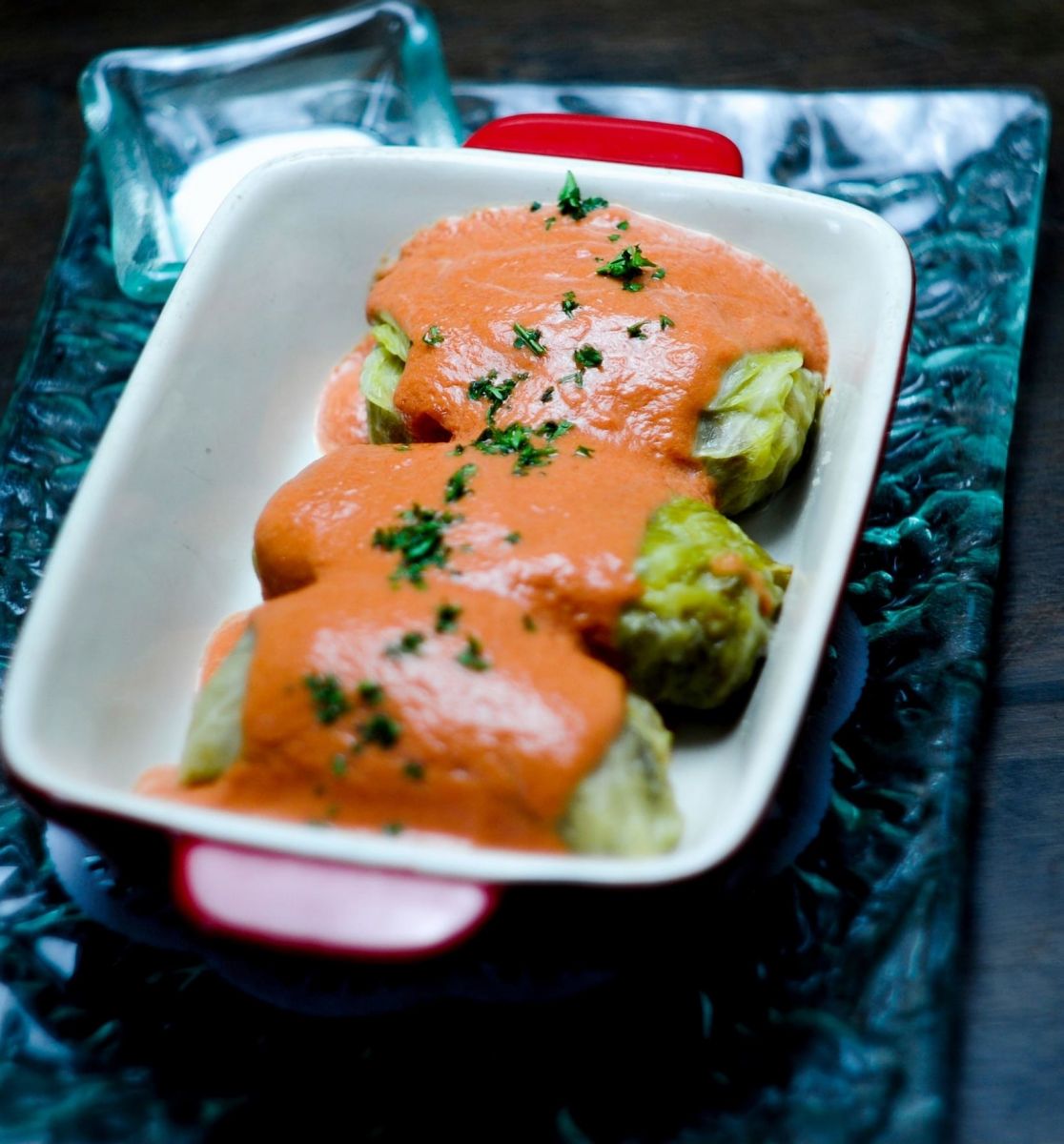
Other notable dishes include “gołąbki” made of white cabbage leaves filled with a stuffing made of rice and minced meat, and served with either tomato or mushroom gravy. Gołąbki are simmered or baked in a variety of broth flavours. Another popular dish is Hunter’s stew “bigos”, a stew made from sauerkraut, various meats, and spices.
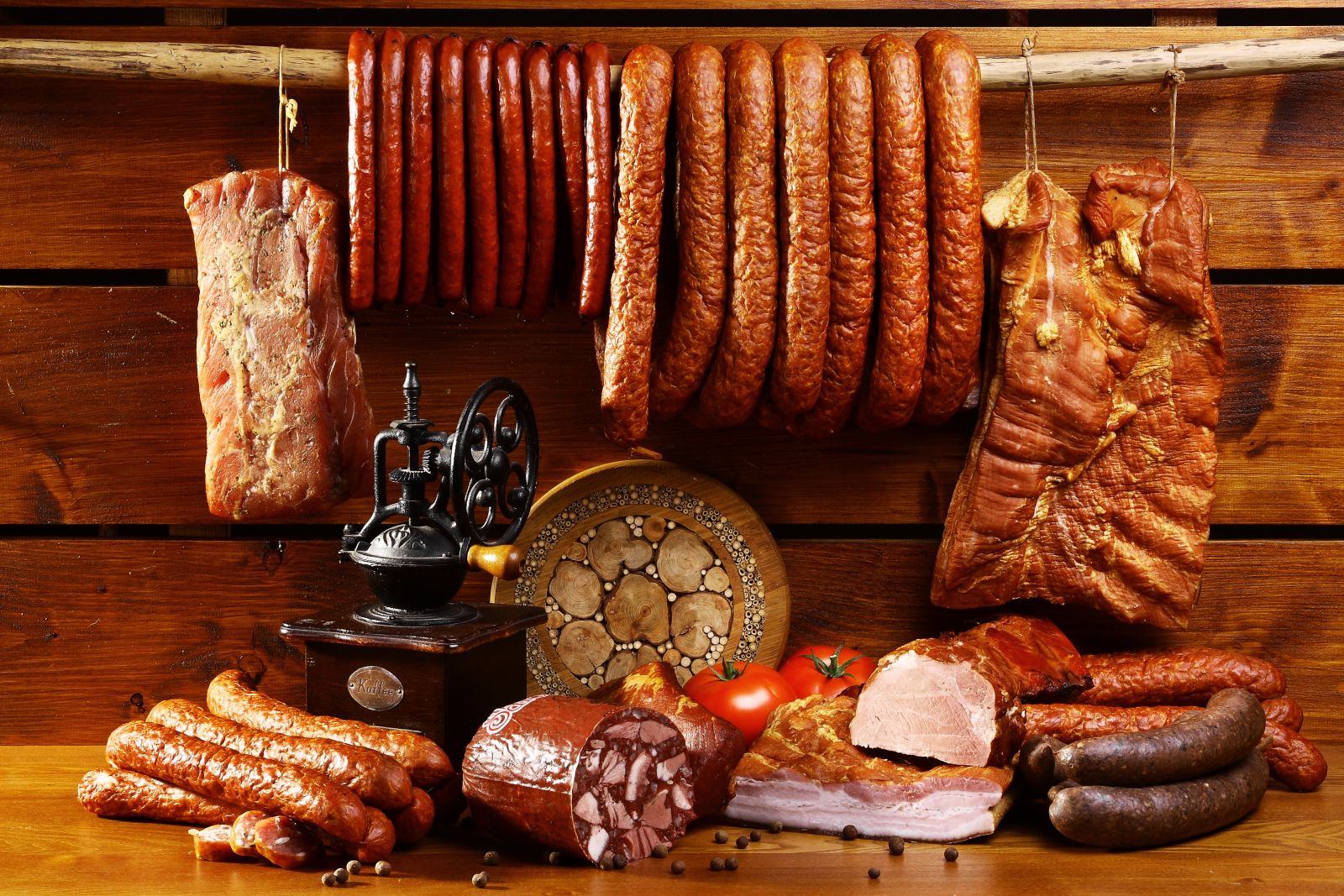
.jpg)
Soups are favorably featured in Polish cuisine and a wide variety are on offer. Other significant soups are “żurek”, a sour rye soup with sausage, boiled eggs and potatoes; and a beetroot soup known as “barszcz” which is often served with “uszka”, small dumplings filled with mushrooms. And there is also one particular dish worth mentioning; “Czernina” is a soup made from duck blood and clear poultry broth with spices, dried fruits, fine noodles or little dumplings. During the 19th century, the soup had a cultural significance because it was served to young men applying for the hand of their beloved ones after the parents rejected their proposal. It is still a speciality in Kashubia and Greater Poland (north and west of the country).

Poland is famous for its “babka” cakes which are poppy seed streusel-style cakes. Pączki are the epitome of Polish desserts. Yeast cake donuts deep-fried with jam-filled centers “Pączki” are a central fixture in many confectioneries and bakeries. Another decadent dessert is the colorful traditional Easter cake called “Mazurek”.
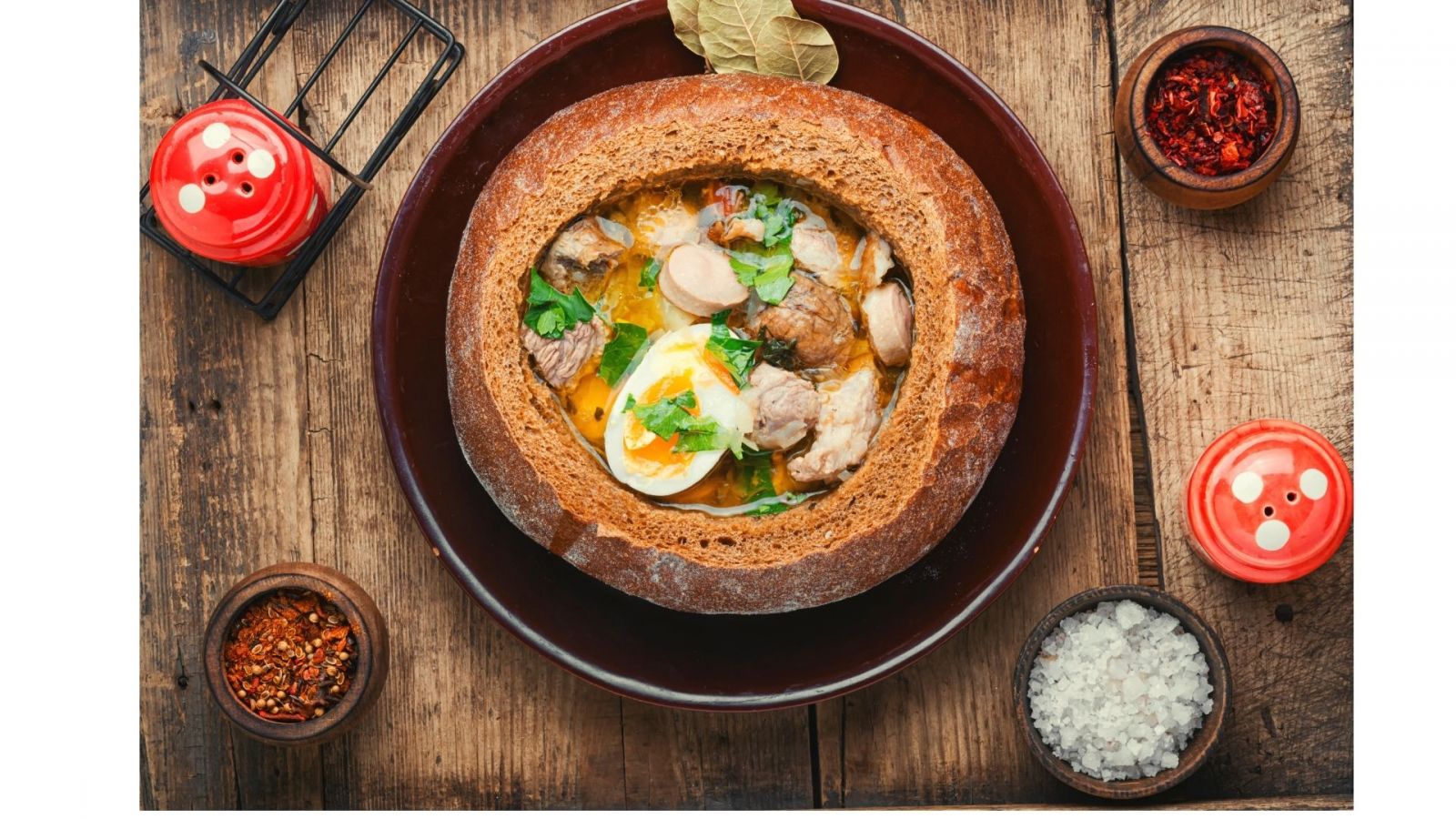
From Medieval times to modern days, Polish cuisine has changed over the years. Ambassador Waldemar clarified, “In recent years, Polish cuisine has undergone a revival. Warsaw is now one of the best places for vegetarian food. Modern Poles are interested in a healthy lifestyle. Chefs are inclined to create new Polish fusion cuisine. Chefs incorporate modern cooking techniques and enhance new flavors into traditional dishes. The aim is to create modern Polish recipes with new healthy ideas. One example is the traditional dish “stuffed cabbage” with meat is now changed to a lighter version filled with buckwheat.”
As our interview drew to a close, another popular Polish tradition that Ambassador Waldemar disclosed was “mushrooms picking”. Poland has a long tradition of mushroom picking, and accordingly forest mushrooms are essential ingredients of the Polish culinary tradition. The aroma of forest mushrooms, in particular dried ones, is one of the trademarks of the Polish national culinary heritage. One of the most popular way to store mushrooms is to pickle them in a mixture of boiled water and white vinegar with aromatic spices: bay leaves, juniper berries, allspice, onions, mustard seeds. Fresh or dried mushrooms are also used as a stuffing for dumplings (pierogi) or cabbage rolls (gołąbki). During Christmas time dried mushrooms are braised with sauerkraut, or used to cook the traditional Christmas dried mushroom soup or earlier mentioned hunter’s stew (bigos).
He further added, “To pair with our traditional dishes, drinking is invariably popular in Poland.
There are a few Polish drinks that are worth mentioning. Without a doubt, our most famous alcohol is vodka or “wódka”. Poland produces several exquisite luxury vodkas, which connoisseurs praise extravagantly. Vodka is also served at large gatherings and formal occasions.
Another remarkable product easy to find on Polish shelves, “nalewka” is a traditional alcohol most often prepared from fruit, but also from nuts and spices. The flavors are endless: cherry, ginger, juniper or hazelnut.
Others include “Mead” which is made by alcoholic fermentation of a mixture of honey and water. It has a characteristic honey aroma and a flavour that may be enriched by the addition of fruit juices, herbs or spices. The colour ranges from golden to dark amber, depending on the type of honey used for production.”
It is worth to menion that Poland’s wine map is slowly filling up, and while Lower Silesia, Lubuskie, Małopolska, Podkarpackie and Świętokrzyskie are still the main centres of production, there are also good vineyards elsewhere, such as in Warmia and Masuria and the Łódź area. It might be hard to believe, but wine production is today one of the most dynamic sectors of the Polish economy. In 2011, when Poland was president of the European Council, the country’s wine made its debut at official events. A new generation of winemakers is reviving the industry, and global warming could boost it further.
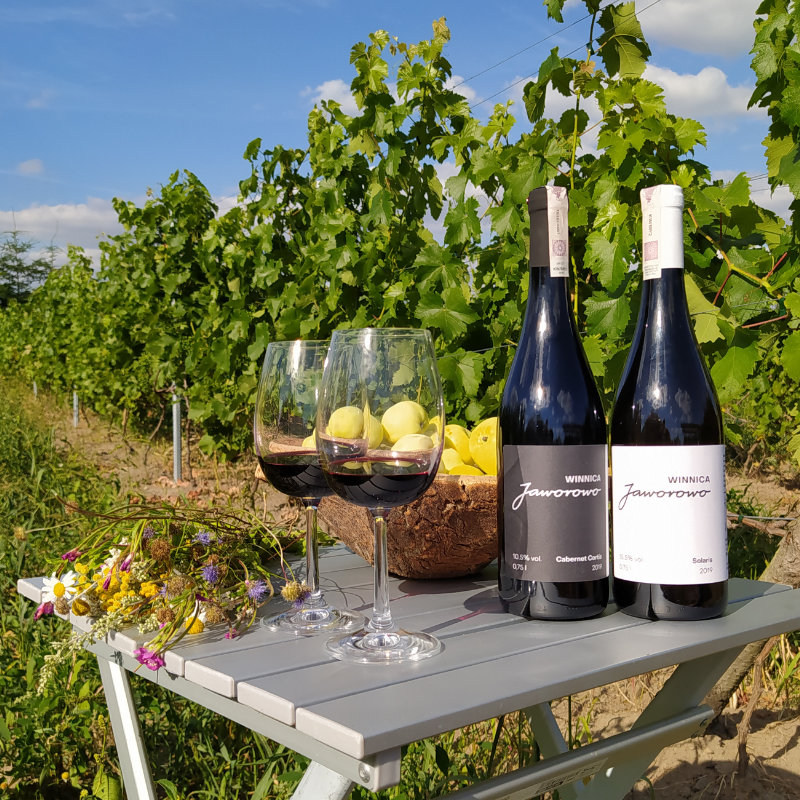
I would also recommend Piwo Grodziskie for all beer lovers. It is a historic smoked beer style also known as “Gratzer” or “Polish Champagne,” is a low-alcohol, highly-carbonated, refreshingly light-bodied wheat ale that has an oak-smoked flavor melded with a clean hop bitterness.
To summarize, “Polish cuisine is truly multicultural as a melting pot of “East meets West” with the country's history of Jewish immigrants and those from neighboring countries such as Ukraine. A new wave of Polish cuisine are being celebrated both in Poland and abroad.”


